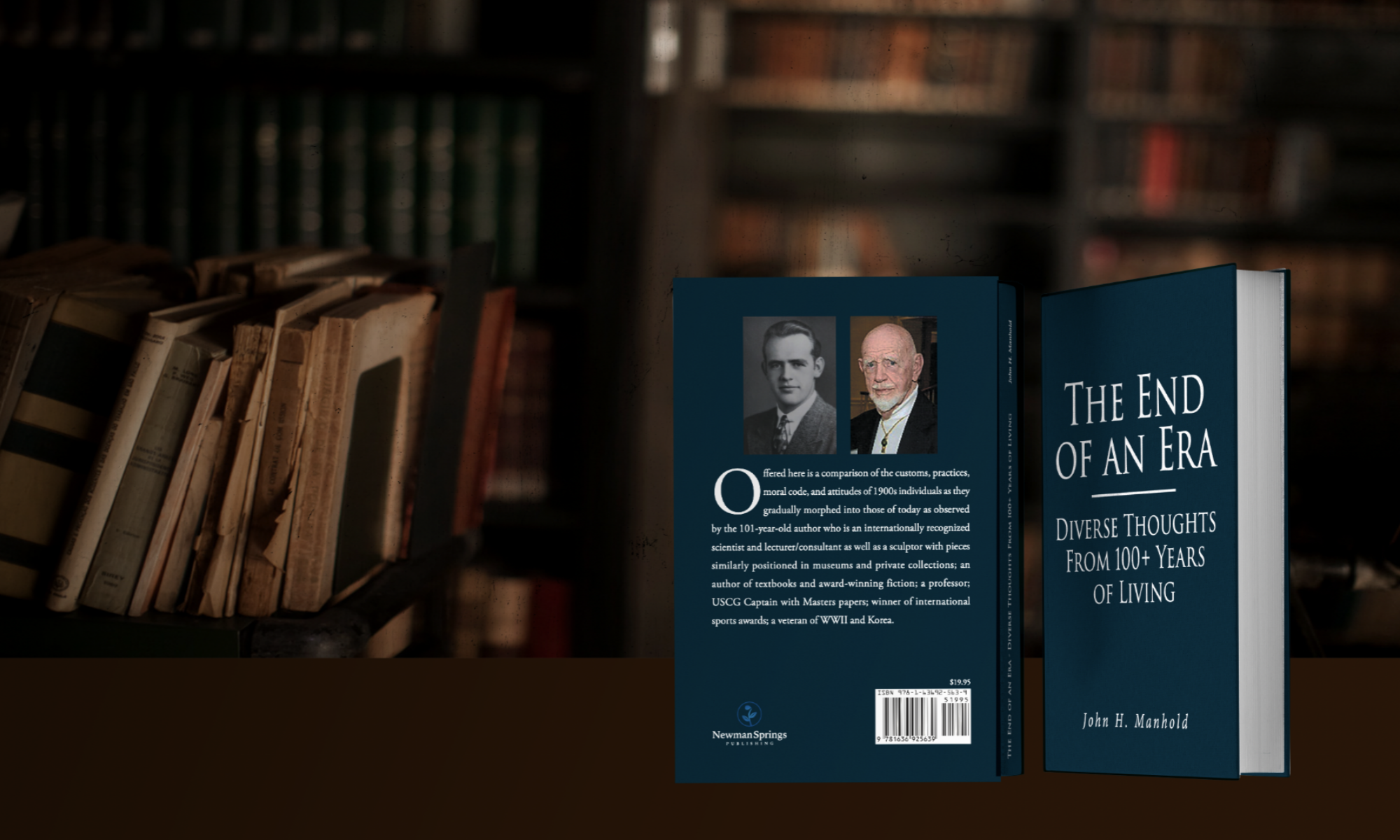Her Eyes Underwater assumed published, copyright and written by Romona Simon.
Julia Straus is a thoroughly spoiled daughter of wealthy parents who finally have informed her that it was time to stop her “wasteful, immature, goalless life” and do something with it. She enrolls in Law School, is thoroughly bored but must continue at least for a while to satisfy her parents. One evening she stops at a local coffee shop and sees the most attractive man she ever has encountered. She approaches and attempts to attract him and succeeds in being invited by him to visit a friend who lives some distance away. She accepts. The trip is unusual and contains a rather scary encounter, but ends with her safe return somehow with his discovery that they are in the same law class. She discovers that his name is Alex Bowman and that they previously had not met because he has missed a considerable number of classes. She still does not meet him in school for several more days until he finally appears as a fabulously popular, socially polished individual who attracts all manner of fellow students of both sexes as well as those at the professorial level. In spite of constantly attempting to spend time and actually obtain a legitimate ‘date’ with him he manages largely to ignore the attempts. Julia is an extremely attractive young woman who always has been the object of choice, even over other attractive women. Her attitude, “You doesn’t need men. Men need you. You are a modern woman, not your mother.” Chagrined by his constant refusal she persists with intermittent successes leading to various somewhat unusual sexual encounters interspersed with other activities shared with each other as well as with other acquaintances. The activity continues in this fashion until the concluding chapters which somewhat strangely are largely repetitious of the early one but from a slightly different perspective.
Discussion: This is an usual book following a period in the amazingly totally free-living existence of a thoroughly spoiled young daughter of wealthy parents living with equally wealthy friends following a similarly wasteful and goalless path. Their principal activities appear to consist of shopping, heavy drinking and partying plus acquiring any number of available men, seemingly for ‘bragging rights’. The newly acquired activity is totally new for Julia and she muddles onward in an often almost unbelievably socially immature manner. The story is stated as being the first attempt by the author at serious storytelling and as such, shows considerable promise. Her descriptive powers are excellent and her tale is so unusual as to provide continuing interest as to ‘where it possibly could finally lead’. Unfortunately, a good editing could greatly enhance the format. Another regrettable feature, for this reviewer at least, is the fact that not a single character was able to elicit any level of positive empathy. As a result the reader is supplied with a somewhat bizarre tale of misplaced love and socially disturbed individuals in often well-described settings of these rather dysfunctional individuals interacting with a psychotic sociopath who’s ‘other’ activities provide a bit of horror to the account. If a reader’s interest tends toward such stories, it is well enough written to be within your realm of interest. A rating of a significant level for others is difficult.
3* ranging downward depending on reader interest as discussed.
